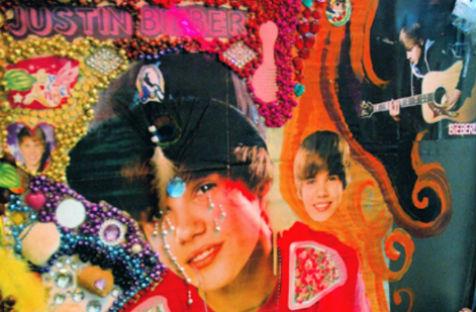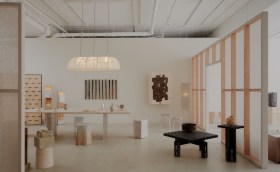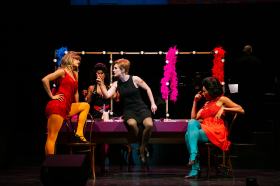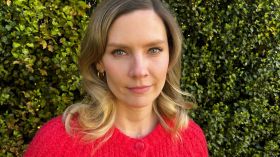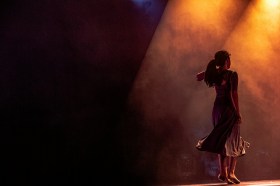The National Association for the Visual Arts (NAVA) has been vociferous in its condemnation of the seizure of the works which form part of a larger exhibition entitled ‘Like Mike Now What??’ a homage to the late iconoclastic Australian artist Mike Brown who was known to ruffle feathers by challenging social norms.
Entry to any gallery is discretionary and in this case Linden had provided the appropriate warnings that parts of the exhibition ‘may not be suitable for children’ and some people might find the work offensive. It seems that only three people did. Their raising of the matter with the local Port Phillip City Council was the trigger. Until now, this council has proudly supported Linden Gallery over its 25 year history. According to Crikey’s art critic Mark Holsworth, of the three complainants involved, two have political ambitions with ties to the Liberal party and have been identified with racial intolerance and one is a current independent Port Phillip councillor. The last was quoted in the Leader, a local community paper, as saying, ‘Mission accomplished — the kiddy art exhibition is now closed. Next step is getting the Linden Gallery to be self funding instead of behaving like a parasite on ratepayers.’So it is apparent that the players’ motivations are complex. Artist in the middle!
Art pyromaniacs are people who ignite a cultural controversy and hide on the margins watching it burn. Pillorying artists is such an irresistible sport for conservatives, especially those with political motives or who are seeking the opportunity to stamp their brand on public morality. But human imagination is the fluid that leaks through the cracks in tired rules and outmoded ideas. It is not easy to quell the subversive power of parody and interrogative probing.
Though moves to adopt a Bill of Rights in Australia were quashed last time around, there is a tacit understanding that most Australians respect freedom of expression and the right of reasonable adults to read, hear and see what they want within the boundaries of the law. Legal testing of these boundaries didn’t happen in the Bill Henson case because it never went to court. Instead, a judgement was made by the Classification Board which deemed his images suitable for public viewing with a few requiring parental guidance. Perhaps sending Paul Yore’s work to the Classification Board for a rating could be a useful move.
Even better would be adopting the mechanism long proposed by the National Association for the Visual Arts; that in the case of a non-frivolous complaint, rather than sending in the cops who are unlikely to know much about art and have better things to do with their time, it would be a more productive course of action to refer artists’ work to a committee of expert art and legal advisers constituted for this purpose in each state/territory. Some years ago, an art student was pursued through the courts (but finally acquitted) for taking lyrical nude and draped photos of her young sons. Subsequently, the WA Government decided such a silly waste of taxpayers’ funds should be avoided by setting up exactly this model of committee. Eighteen years have gone by and though there has never been another occasion which has required the committee’s services, nevertheless it remains an option if the need should ever arise again.
Australian cultural expression must be protected against the personal ideological crusades and political point scoring exercises of particular interest groups and individuals. The Australian community expects there will be no interference in citizens’ democratic right to make judgements about what they want to see and respond to according to their own understandings and value systems.
To provide expert information and a platform for considered debate about artistic freedom of expression, NAVA in collaboration with the Arts Law Centre of Australia is holding forums in three states to look at the issue from several angles. Registrations are now open for the first of these, ‘Don’t Delete: Protecting Freedom, Maintaining Rights’ dealing with internet censorship is to be held in Brisbane from 6.00pm on 19th June.

